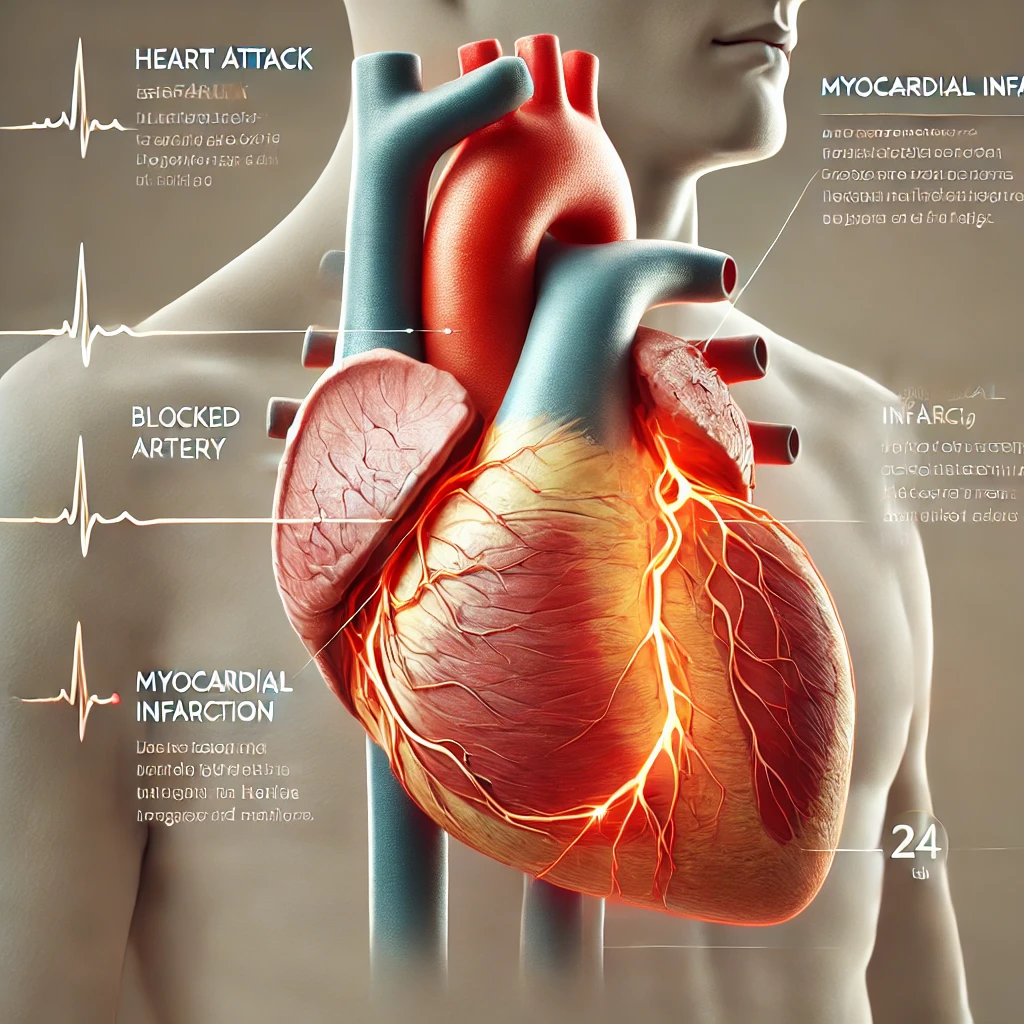A stroke is a medical emergency that occurs when the blood supply to part of the brain is interrupted or reduced, depriving brain tissue of oxygen and nutrients. Recognizing the stroke symptoms is crucial, as timely treatment can minimize brain damage and increase the chances of recovery.

Key of stroke symptoms
Recognizing the signs of a stroke can be life-saving. The symptoms typically appear suddenly and vary depending on the part of the brain affected. The most common and recognizable symptoms include:
- Sudden Numbness or Weakness
- Face, Arm, or Leg: Often affects one side of the body. For instance, a drooping face or inability to lift an arm.
- Confusion or Difficulty Speaking
- Trouble Understanding Speech: Sudden confusion or difficulty speaking and understanding speech can indicate a stroke.
- Vision Problems
- Blurred or Blackened Vision: Sudden trouble seeing in one or both eyes.
- Difficulty Walking
- Loss of Balance or Coordination: Sudden dizziness, loss of balance, or lack of coordination.
- Severe Headache
- Unknown Cause: A sudden, severe headache with no known cause, sometimes accompanied by vomiting or altered consciousness.
BE FAST: A Quick Way to Remember Stroke Symptoms
The acronym BE FAST is a helpful tool to remember the warning signs of a stroke and act quickly:
- Balance: Sudden loss of balance or coordination.
- Eyes: Sudden vision changes, such as blurred or double vision.
- Face: Drooping on one side of the face when smiling.
- Arms: Weakness or numbness in one arm; difficulty raising both arms.
- Speech: Slurred or strange speech; difficulty speaking.
- Time: If any of these symptoms are present, call emergency services immediately. Time is critical.
Importance of Immediate Action
If you or someone else shows signs of a stroke, immediate medical attention is essential. Early intervention can greatly improve the outcome. Stroke treatments are most effective if administered within the first few hours after symptoms appear.
Risk Factors and Prevention
While some risk factors for stroke cannot be changed, such as age or family history, many lifestyle changes can reduce the risk:
- Maintain a Healthy Diet: Low in saturated fats, cholesterol, and sodium.
- Exercise Regularly: Helps maintain healthy blood pressure and weight.
- Avoid Smoking: Smoking increases the risk of stroke.
- Limit Alcohol Consumption: Excessive drinking can increase blood pressure.
- Manage Chronic Conditions: Such as hypertension, diabetes, and high cholesterol.
Conclusion
Understanding and recognizing the Key of stroke symptoms can save lives. By acting quickly and seeking immediate medical attention, the chances of minimizing brain damage and improving recovery outcomes are significantly enhanced. Remember the BE FAST acronym, and stay informed about the risk factors and preventive measures to reduce the likelihood of experiencing a stroke.
We recommend that you read The Truth About Somatic Exercise for Weight Loss & Diabetes Symptoms
FAQ Stroke Symptoms
What is the main cause of a stroke?
The primary cause of a stroke is an interruption in the blood supply to part of the brain. This can be due to a blocked artery (ischemic stroke) or a burst blood vessel (hemorrhagic stroke).
How can I prevent a stroke?
Preventing a stroke involves managing risk factors such as high blood pressure, diabetes, heart disease, and adopting a healthy lifestyle with regular exercise, a balanced diet, and no smoking.
What should I do if I suspect someone is having a stroke?
If you suspect someone is having a stroke, use the F.A.S.T. method to check for symptoms and call emergency services immediately. Do not wait, as every minute counts.
Can younger people have strokes?
Yes, while the risk of stroke increases with age, strokes can occur at any age, including in children and young adults.
Understanding and acting upon the signs of a stroke can dramatically alter the outcome for the affected individual. Stay informed, stay prepared, and you could save a life.
